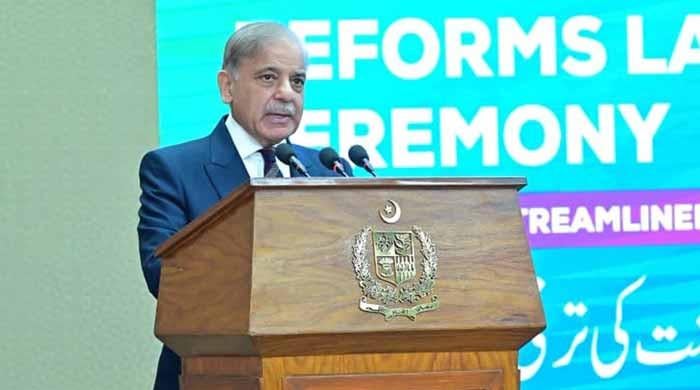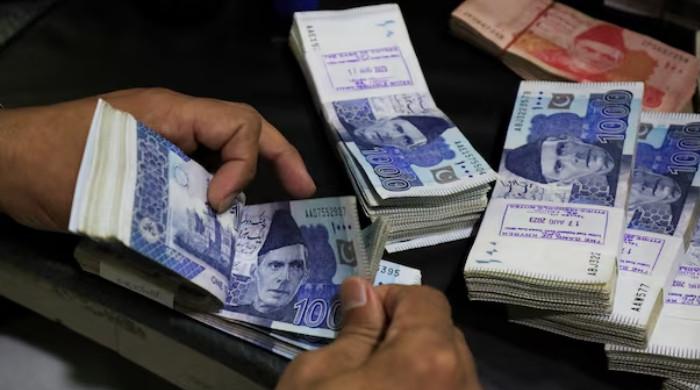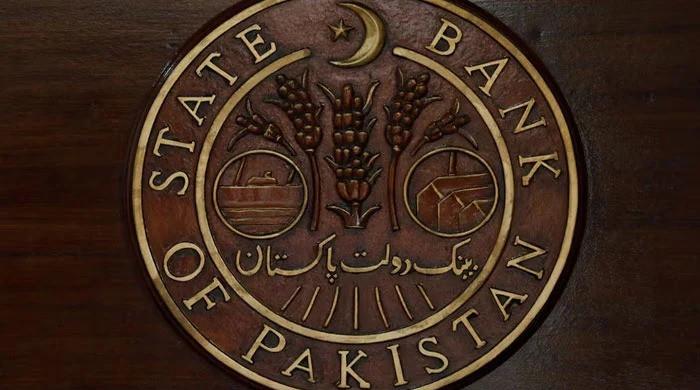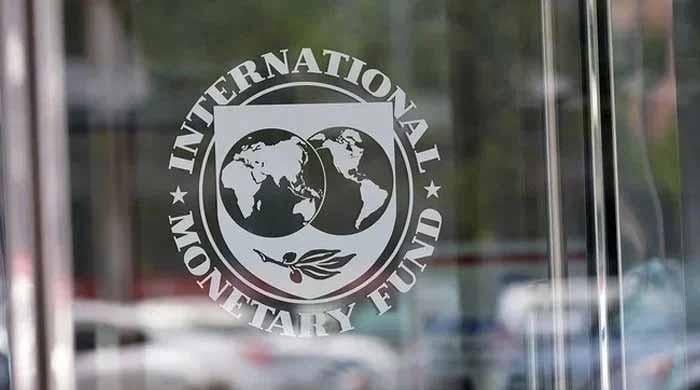WB says Pakistan's tax revenues could reach $82.4 billion in nine years
With intervention in shape of taxation measures, revenue is projected to increase up to $96.6 billion
November 26, 2019

The World Bank (WB) has projected that Pakistan's tax revenues, even without any intervention, could reach $82.4 billion (Rs12,788 billion) over the next nine years.
With intervention in the shape of taxation measures under the $400 million Pakistan Raises Revenues programme, the country's revenues, the bank predicts, can increase up to $96.6 billion (Rs14,992 billion).
On the issue of tax gap analysis, the WB found that Pakistan’s tax revenue would reach 26 per cent of GDP if tax compliance were raised to 75 per cent, a realistic level for MICs (Middle Income Countries).
Although, the FBR has halted the process of converting FBR into the PRA because officials of the tax machinery said that they were not taken into confidence over the restructuring plan.
Under different scenarios, the project’s benefit-cost ratio ranges from 42 to 70 per cent and the internal rate of return (IRR) from 130 to 195 per cent, in the baseline scenario (without project intervention), tax revenue would reach $51.4 billion in FY23/24 and $82 billion in FY28/29.
The FBR’s Transformation Roadmap and government reforms to broaden the tax base are expected to generate an additional $17.6 billion by the end of FY23/24 and $81 billion by the end of FY28/29. With intervention, this revenue could climb to $96.6 billion by FY2028-29.
The WB in its detailed report stated that Pakistan has substantial potential to increase tax receipts without imposing new taxes or raising tax rates, using a broad-based low-rate approach.
A tax gap analysis recently completed by the World Bank indicates that Pakistan’s tax revenue would reach 26 per cent of GDP if tax compliance were raised to 75 per cent, a realistic level for MICs.
This means that the tax authorities are capturing only half of the country’s revenue potential — that is, the gap between actual and potential revenues is 50 per cent.
The size of the tax gap varies by tax instrument and by sector. It is larger in the services sector than in manufacturing (67 per cent vs. 46 per cent, respectively), and it is larger for the General Sales Tax (GST) on goods and the General Sales Tax on Services (GSTS) than for income tax (65 per cent vs. 57 per cent, respectively).
The tax gap is even larger for taxes assigned to the provinces, especially the GSTS, so the provinces have much scope to increase their contribution to country’s total tax take.
Broadening the tax base will involve scaling back the extensive tax expenditure. Many exemptions and discounted rates to select industries, economic actors, and economic activities (e.g., the sugar, textiles, and fertilizer industries; ‘associations’ in the real estate sector) have been granted in each year’s budget law. These exemptions distort competition and economic actors’ incentives.
A broader tax base also requires expanding the tax net. Income tax receipts come from a small number of taxpayers due to generous thresholds for individuals and widespread tax evasion.
Tax evasion is pervasive because of low tax morale and legal loopholes. Low tax morale is due to lack of taxpayer education and low trust in the state to use citizens’ money responsibly for the public good.
A few Pakistani citizens think of themselves as taxpayers, even though they pay indirect taxes on their consumption. Therefore, taxation is not widely seen as a civic duty or as essential to finance public services.
In addition, better-off households generally do not rely on public education or health services and have little stake in paying taxes to finance better services. At the same time, tax evasion is enabled by legal loopholes.
The Benami Transactions Act of 2016, which prohibits transactions in the name of a person other than the beneficiary owner, closed one of these loopholes. However, its implementation was delayed by three years until secondary regulations were approved in March 2019.
Prize bonds, a large source of government borrowing, have been anonymous and tax-exempted, making them an instrument of choice for investing funds of unexplained origin.
Likewise, foreign remittances are tax-exempt and widely used to repatriate illegally exported capital. Low taxes on real estate also offer opportunities for tax evasion and money laundering.
The tax system is complex because of overlapping jurisdictions with different laws, exemptions, and frequent policy changes.
The Constitution assigns income taxes (except for income derived from agriculture), the GST on goods, customs duties, federal excises, and the CGT to the federal level. These taxes are collected by the FBR.
While the provinces have been assigned the the following taxes to the provinces: GST on services (GSTS), tax on professions, agricultural income tax, motor vehicle tax, urban immovable property tax (UIPT), and other taxes related to real estate (e.g., stamp duty, capital value tax). This tax assignment fragments Pakistan into five markets in the services sector, with such consequences as the following:
(a) Double taxation. Several taxes are often levied on the same transaction (e.g., stamp duty, registration fee, capital value tax (CVT), and CGT on property transactions) and/or affect the same taxpayer segments (e.g., self-employed professionals are liable to income tax, professions tax, and GSTS). Double taxation is a serious problem for firms that provide services across the country—they are liable for Corporate Income Tax (CIT) paid to the FBR and GSTS paid to each province where they operate and to the FBR for operations in the Islamabad Capital Territory. The five jurisdictions have different GSTS rates and apply different principles in levying and services also affect the hospitality sector, which is liable both for the federal GST on goods (food and beverages) and for the provincial GST on services. (b) High compliance burden. Service providers operating across Pakistan have to file monthly GSTS returns with five jurisdictions, resulting in an annual total of 60 tax returns based on five different sets of rules and formats.
Originally published in The News









